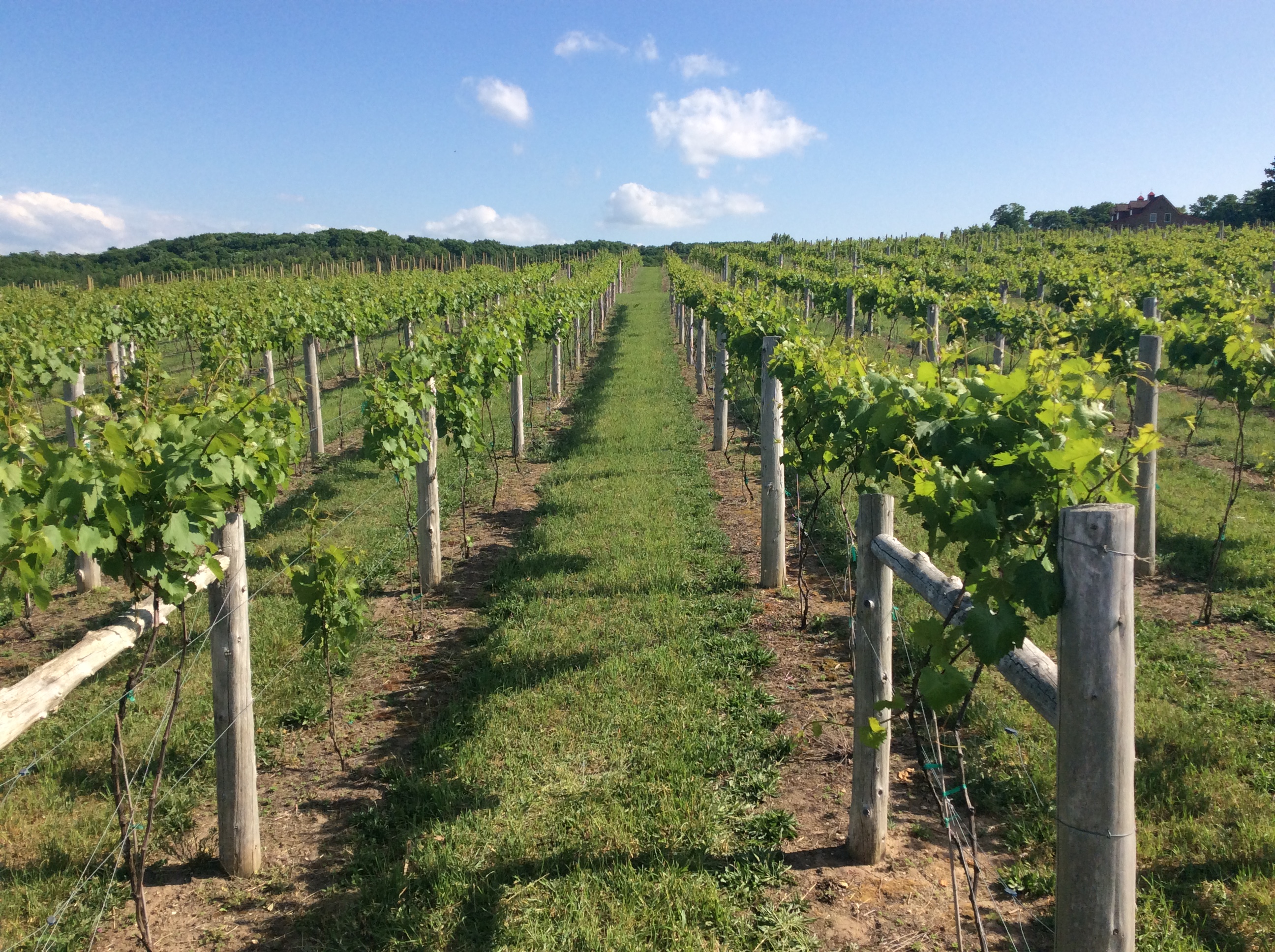Northwest Michigan’s wine industry is expanding with selective choice of cultivars for a cold climate
The Tip of the Mitt AVA is taking advantage of cultivars that thrive in northern conditions to grow more grapes and make more wine.

New plantings of cold climate (resistant) cultivars (Marquette, Le Crescent and Frontenac gris) at Petoskey Farms Vineyard and Winery and other vineyards in the Tip of the Mitt AVA (American Viticulture Areas) are clear examples of expanding Michigan’s grape and wine industry by selecting cultivars that match the conditions of the region. The Tip of the Mitt AVA is the coldest grape growing region in Michigan’s Lower Peninsula and in terms of phenological development, identical cultivars grown in southwest Michigan are typically two to three weeks ahead of those grown in Tip of the Mitt AVA.
The growers in this region were clever in selecting grapevines that not only survive, but also thrive. In fact, when compared to V. vinifera, cold climate cultivars are unique in their ability to be planted without a rootstock (grafting), withstand much lower winter temperatures with minimal damage and consistently survive overly dry or wet soil conditions.
These cultivars require fewer growing degree-days (accumulation of heat units during growing season) than V. vinifera to mature fruit. When managed properly, they produce high tonnage and quality resulting in award winning wines. Moreover, with relatively higher disease resistance than V. vinifera, these cold climate grapevines typically require fewer management inputs such as fungicide sprays (Photos 1-3).
.jpg)
Photo 2. Cold climate new planting in Tip of the Mitt.

Photo 3. Established La Crescent grapevines in Tip of the Mitt.
With only about five percent of total wine grape acreage in the state of Michigan, according to Vanderweide et al., 2017, these cold climate cultivars may be the key to further industry expansion to produce grapes in otherwise unproductive regions. We look forward to continuing and adding Michigan’s cold climate wines to the list of wines that have received statewide and national recognition.
For more information on which grape species and cultivars are recommended for each region of Michigan, see “Growing Wine Grapes in Michigan” from eXtension.



 Print
Print Email
Email




